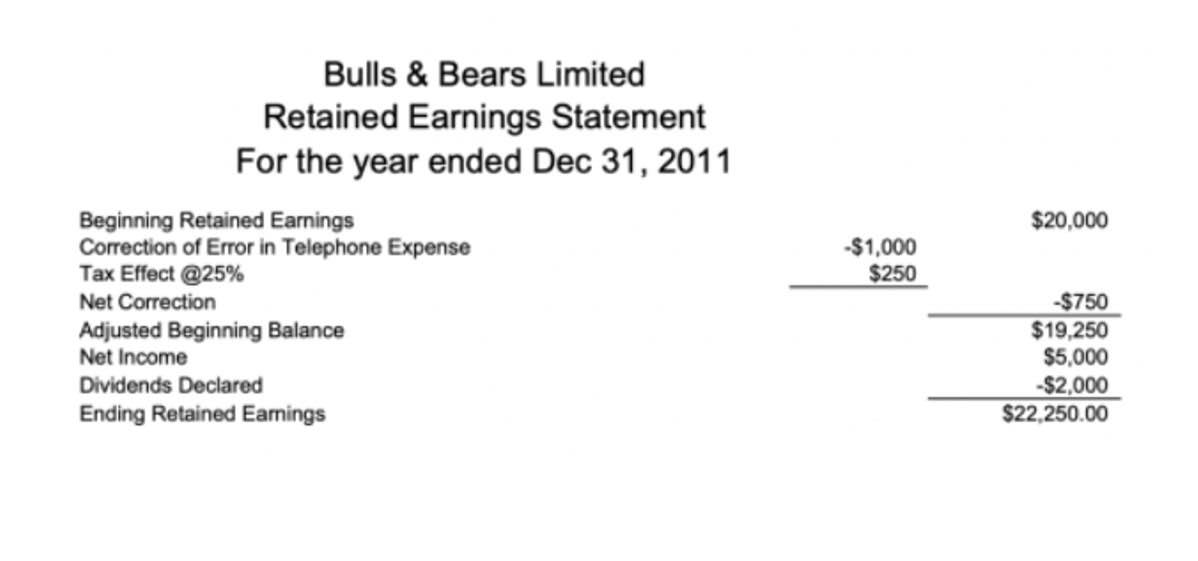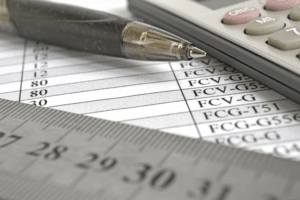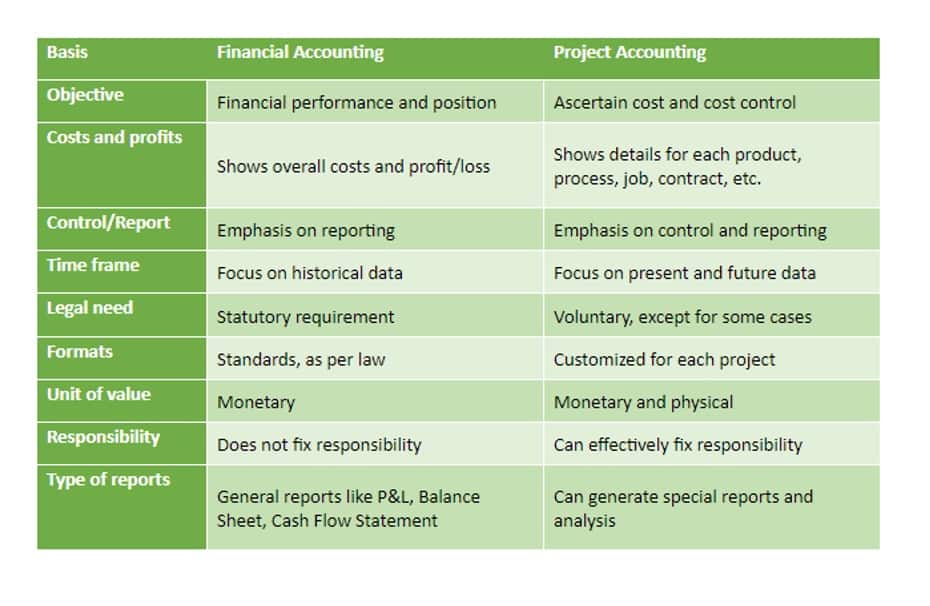The straight-line method of depreciation is popular among companies world wide because it is more conceptual and simple to employ. The Eastern Company will allocate a depreciation of $3,200 to all the years of the useful life of the fixed asset. Other names used for straight-line method are original cost method or fixed installment method of depreciation. Chartered accountant Michael Brown is the founder and CEO of Double Entry Bookkeeping. He has worked as an accountant and consultant for more than 25 years and has built financial models for all types of industries. He has been the CFO or controller of both small and medium sized companies and has run small businesses of his own.
The straight line depreciation method is used to calculate the annual depreciation expense of a fixed asset. For tax purposes, businesses are often required to depreciate their assets over time. The straight-line method is the simplest approach for calculating depreciation deductions. By recognizing a consistent expense each year, businesses can reduce their taxable income and, in turn, lower their tax liabilities. In addition to straight line depreciation, there are also other methods of calculating depreciation of an asset. Different methods of asset depreciation are used to more accurately reflect the depreciation and current value of an asset.
Depreciation is a method that allows the companies to spread out or distribute the cost of the asset across the years of its use and generate revenue from it. The threshold amounts for calculating depreciation varies from company to company. Using this amount, we can calculate the depreciation expense, accumulated depreciation, and carrying value of the asset for each year as follows. In case you’re confused at any step, read the explanation below the depreciation schedule.
This calculator provides a straightforward method to determine the annual depreciation of an asset, making it a valuable tool for both financial planning and accounting purposes. The annual depreciation rate under the straight-line method equals 1 divided by the useful life in years. According to straight-line depreciation, this is how much depreciation you have to subtract from the value of an asset each year to know its book value. Book value refers to the total value of an asset, taking into account how much it’s depreciated up to the current point in time. The amount of the asset depreciated over its useful life is referred to as the depreciable cost and is equal to the cost less the salvage value of the asset. We know that asset depreciation applies to capital expenditures, or items of equipment or machinery that will be used to generate income for your organization over several years.
Begin by entering the initial cost of the asset in the “Historical Cost” column. Physical or the tangible assets get depreciated whereas intangible assets get amortized. While both the procedures are a way to write off an asset over time, the challenge lies in how to achieve that.
- If you want to take the equation a step further, you can divide the annual depreciation expense by twelve to determine monthly depreciation.
- The depreciable amount of the vehicle is $15,000 ($20,000 cost minus $5,000 residual value) and useful life is 4 years.
- Although you cannot depreciate land, you can depreciate some costs for land preparation.
- Straight-line depreciation is a simple method for calculating how much a particular fixed asset depreciates (loses value) over time.
We can simply multiply the annual depreciation amount by 2.5 to calculate the accumulated depreciation. Depreciation expense in the first and last accounting periods is usually lower than the middle years because assets are rarely acquired on the first day of an accounting year. In the first accounting year, the asset is available only for 3 months, so we need to restrict the depreciation charge to only 3/12 of the annual expense. To calculate the accumulated depreciation for multiple investments in each year, use the OFFSET function to sum the annual depreciation in the last 6 years.
What Are Operating Costs?
Simply put, businesses can spread the cost of assets over a series of different periods, allowing them to benefit from the asset. Moreover, this can be accomplished without deducting the full cost from net income. For minimizing the tax exposure, this method adopts an accelerated depreciation technique.
Everything to Run Your Business
He has been a manager and an auditor with Deloitte, a big 4 accountancy firm, and holds a degree from Loughborough University. Leveraging these functions allows users to model depreciation accurately, aiding in financial analysis and decision-making. Excel’s depreciation capabilities make it a versatile tool for both small businesses and large corporations looking to maintain precise and accessible records. Therefore, we may safely say that the straight-line depreciation method helps in the process of accounting in more ways than one. To illustrate this, we assume a company to have purchased equipment on January 1, 2014, for $15,000.
This method is straightforward and provides a consistent annual expense, which is particularly useful for accounting purposes. You can’t get a good grasp of the total value of your assets unless you figure out how much they’ve depreciated. This is especially important for businesses that own a lot of expensive, long-term assets that have long useful lives. Instead of dividing by the number of years in the depreciation calculation, the term (1 / Useful life) used in the formula above, can be converted to a depreciation rate. By addressing these challenges, companies can streamline their depreciation calculations, enhancing accuracy and linear depreciation formula optimizing financial practices. In accounting, the straight-line depreciation is recorded as a credit to the accumulated depreciation account and as a debit for depreciating the expense account.
Method to Get Straight Line Depreciation (Formula)
If these amounts were plotted on a graph each year, the points would form a straight line, hence the name straight line depreciation. The method is alternatively referred to as the equal installment method, fixed installment method or original cost method of depreciation. In contrast, the Double-Declining Balance is favored by tech companies or vehicle fleet managers who deal with assets that lose value rapidly due to technology upgrades or heavy usage. This method allows for greater depreciation deductions during early years, aligning with initial cash outflows and maximizing tax benefits. This method is ideal for companies aiming to minimize taxable income in the initial years of asset usage. However, it’s important to note that the DDB might not allow the asset’s book value to reach its expected salvage value by the end of its useful life, necessitating adjustments in later years.
- Depreciation methods in Excel have practical applications that extend across various industries and asset types.
- Physical or the tangible assets get depreciated whereas intangible assets get amortized.
- Since an amount equal to the residual value can be recovered by selling the asset or from its alternative use, only the difference between the cost and the residual value is depreciated.
- The journal entry would be used to record depreciation expenses for a specific accounting period and can be manually entered into a ledger.
- The process enables businesses to recover the cumulative cost of an asset over its life rather than just the purchase price.
For example, suppose an asset having a depreciable cost of $5000 and a useful life of 5 years is purchased in the middle of an accounting year. In that case, the amount of depreciation expense in the first accounting year will be half of the full year’s depreciation charge. While linear depreciation is the most commonly used method, it is not the only option. There are other depreciation methods, such as the declining balance method and the sum-of-the-years’-digits method, which may be more appropriate for certain types of assets.
To figure out the value of your business
It is suitable for assets that depreciate evenly over time, such as buildings, machinery, and vehicles. This method is often favored for its consistency and is required by many accounting standards. The following depreciation schedule presents the asset’s income statement and balance sheet presentation in each of the years. If we plot the depreciation expense under the straight-line method against time, we will get a straight line. Depending on the frequency of depreciation calculation, the carrying amount of the asset declines in equal steps. The straight-line method of depreciation assumes a constant rate of depreciation.
Tax Calculators
Suppose an asset for a business cost $11,000, will have a life of 5 years and a salvage value of $1,000. The straight line calculation, as the name suggests, is a straight line drop in asset value. Yes, but you’ll need IRS approval for the change and must update your accounting records accordingly. Note how the book value of the machine at the end of year 5 is the same as the salvage value. Over the useful life of an asset, the value of an asset should depreciate to its salvage value. Company A purchases a machine for $100,000 with an estimated salvage value of $20,000 and a useful life of 5 years.
Double-Declining Balance (DDB) Technique
If production declines, this method lowers the depreciation expenses from one year to the next. The straight-line and accelerated depreciation methods differ in how they allocate an asset’s cost over time. Accountants use the straight line depreciation method because it is the easiest to compute and can be applied to all long-term assets. However, the straight line method does not accurately reflect the difference in usage of an asset and may not be the most appropriate value calculation method for some depreciable assets. Depreciation formulas in Excel help businesses systematically allocate asset costs over time, ensuring accurate financial reporting and compliance with tax regulations. They simplify complex calculations, providing quick insights into asset value depreciation, supporting better budgeting and investment decisions.
Straight line depreciation is the most commonly used and straightforward depreciation method for allocating the cost of a capital asset. It is calculated by simply dividing the cost of an asset, less its salvage value, by the useful life of the asset. Linear depreciation is widely used due to its simplicity and ease of application.
In this lesson, I explain the basics of straight line method and how you can use it to calculate the depreciation expense. The method can help you predict your expenses and determine when it’s time for a new investment and prepare for tax season. Learn how to calculate straight-line depreciation, when to use it, and what it looks like in the real world. Below is a break down of subject weightings in the FMVA® financial analyst program. As you can see there is a heavy focus on financial modeling, finance, Excel, business valuation, budgeting/forecasting, PowerPoint presentations, accounting and business strategy.



















